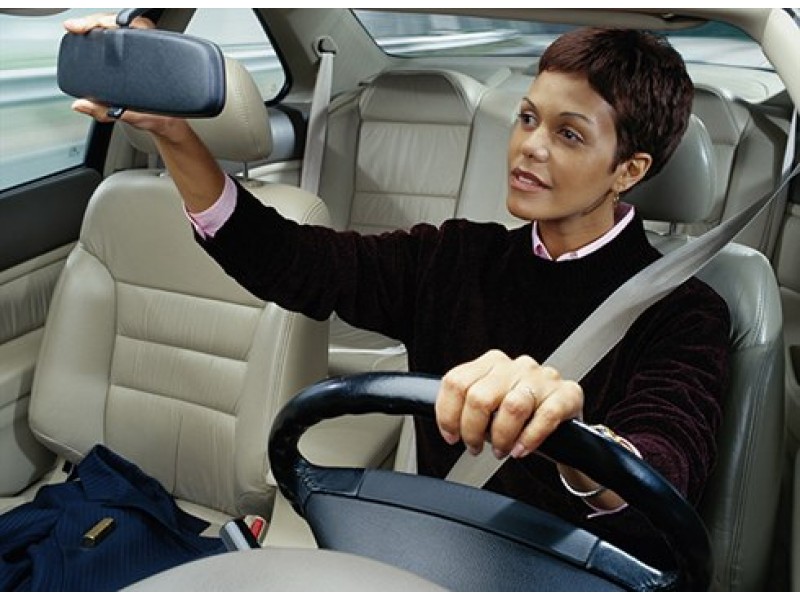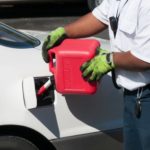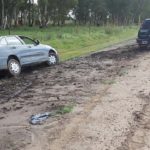Hazardous Driving

IDENTIFYING AND RESPONDING TO HAZARDS
Good reflexes & ordinary instinct can make the difference behind the wheel when it comes to sudden movements or change of road conditions it takes a split of a second to change your life too!
Here are some tips and ideas to consider starting with you as driver and how would you like to be treated by others.
Identify Hazards Early
By looking ahead 10-15 seconds, you can detect any hazards that might affect your driving. For example, if you see vehicle brake lights or stalled vehicles ahead, then you can prepare to stop. In addition, if you see emergency vehicles or emergency hazards, then it’s probably a good sign that something is happening up ahead. In this case, you can prepare by slowing down or changing lanes as necessary. Also, you should be aware of possible escape routes, such as cross streets and exits.
CVC 21809 states: “A person driving a vehicle on a freeway approaching a stationary authorized emergency vehicle that is displaying emergency lights, a stationary tow truck that is displaying flashing amber warning lights, or a stationary marked Department of Transportation vehicle that is displaying flashing amber warning lights, shall approach with due caution and, before passing in a lane immediately adjacent to the authorized emergency vehicle, tow truck, or Department of Transportation vehicle, absent any other direction by a peace officer…”
Furthermore, if it is safe, you are required to make a lane change on the freeway when approaching an emergency vehicle, tow truck or DOT vehicle that is stopped with its lights flashing. If you can not pass safely, then you must slow down to a safe speed.
Predict Potential Hazards
Sometimes you can ‘predict’ potential hazards, such as observing another vehicle weaving on the roadway, which would tell you to keep your distance and avoid a collision. In this situation, be ready to slow down, stop, or exit the roadway to avoid the hazard. It is better to arrive at your destination safely and a little late, than risk not arriving there at all.
Adjust Speed and Position to Avoid Potential Hazards
You should continually adjust your speed in response to the traffic and road conditions around you. If you encounter a collision, road closure or construction, use caution and prepare to stop your vehicle.
Remember to put distance between your vehicle and the vehicle in front of you, and try to move your car into a lane that allows you to move through a hazard smoothly or avoid it altogether.
Anticipate and Plan Possible Escape Routes
Knowing the area you are driving is imperative, so you will not get lost if you have to exit or take an alternate route to escape hazardous conditions on the roadway. Listen to traffic reports on the radio. This will help prepare your route. You will then be able to make adjustments in your route easily and safely. Most smartphones includes a map assistant with GPS service that can alert you of traffic or road conditions but at the end of the day I’d your responsibility to drive safely and respect the traffic signs.

Do yourself a favor and be back home safe and sound. Your loved ones will appreciate it and remember to practice a conscious driving every day!
Popular Posts
Every vehicle needs to be refueled from time…
February 08, 2019
When people say that knowledge is power, they…
December 17, 2018







